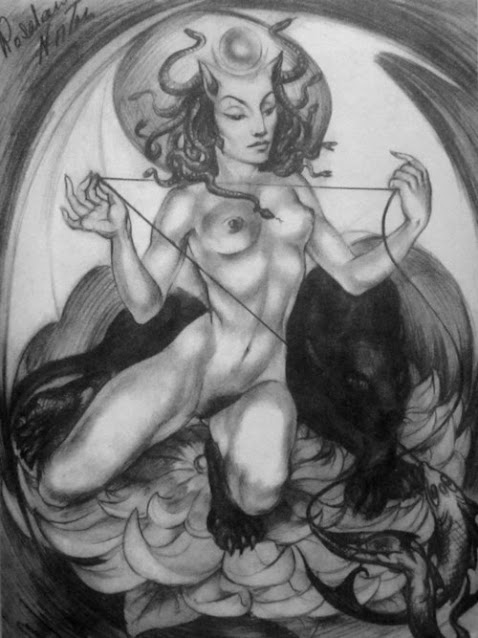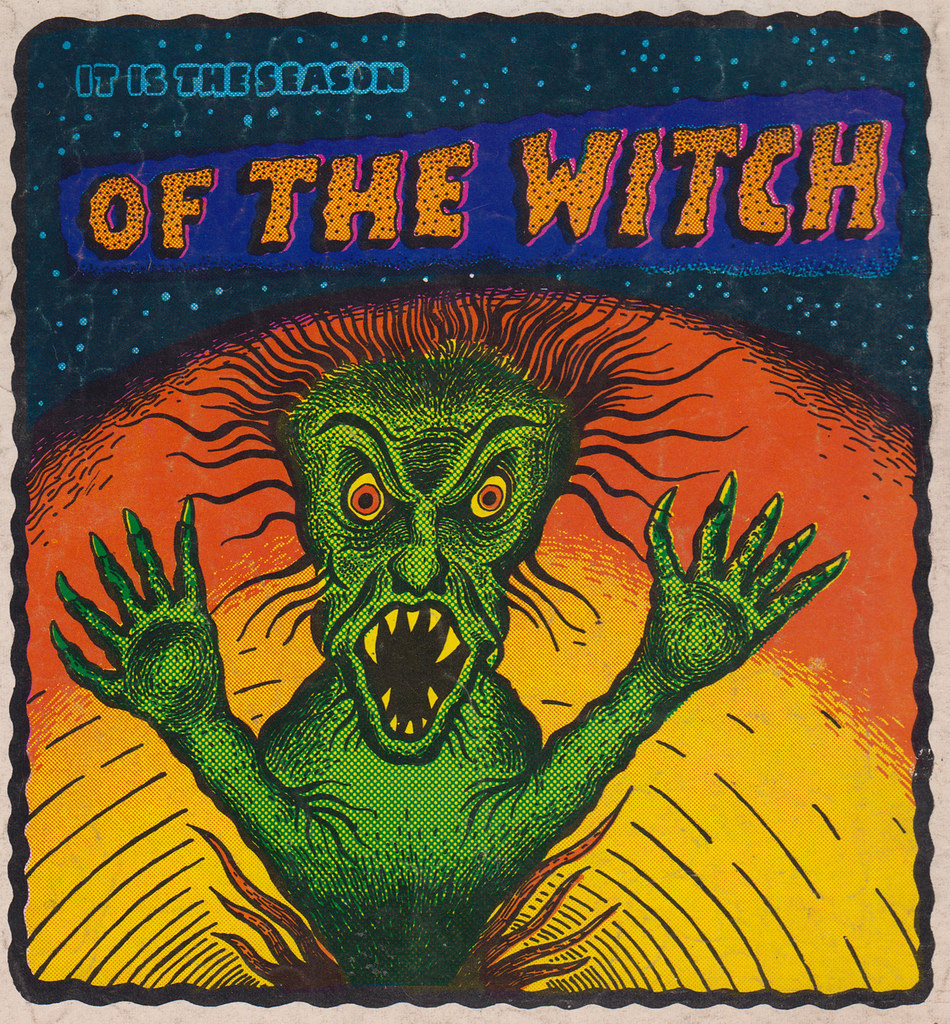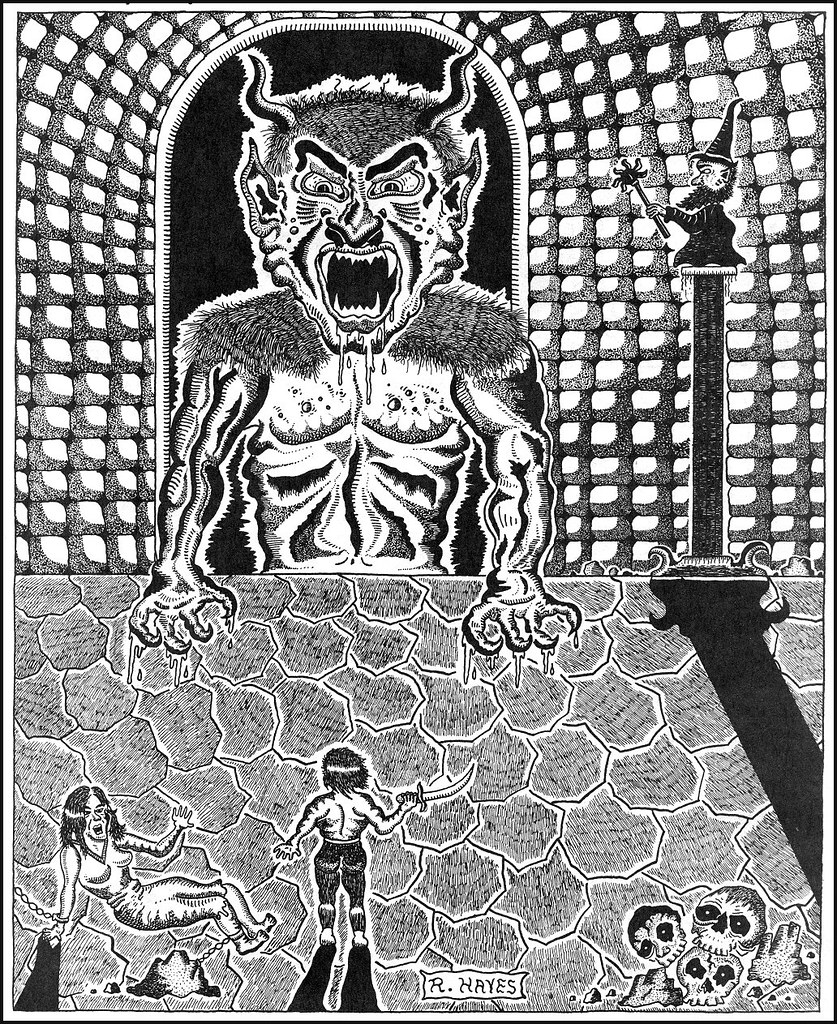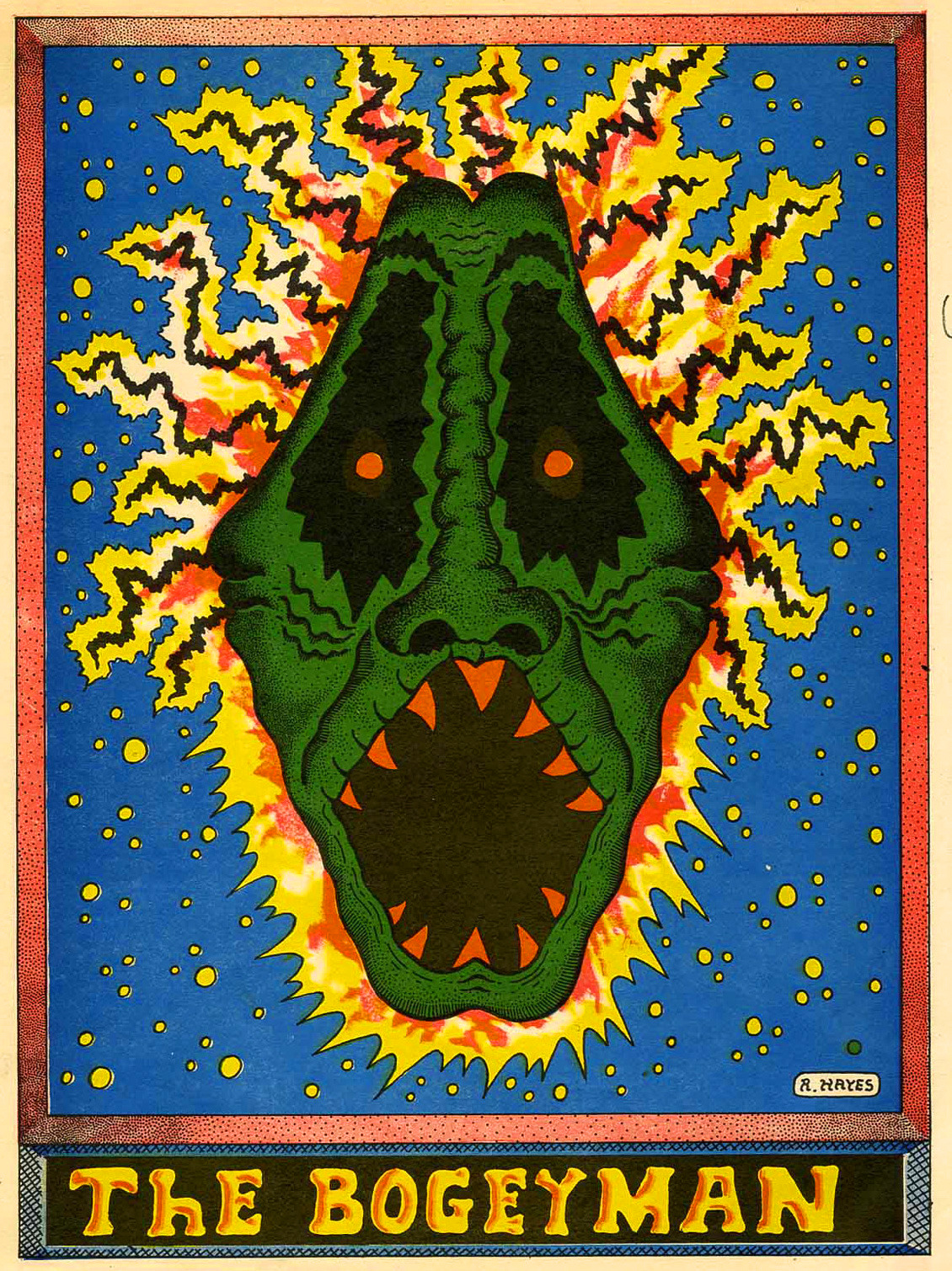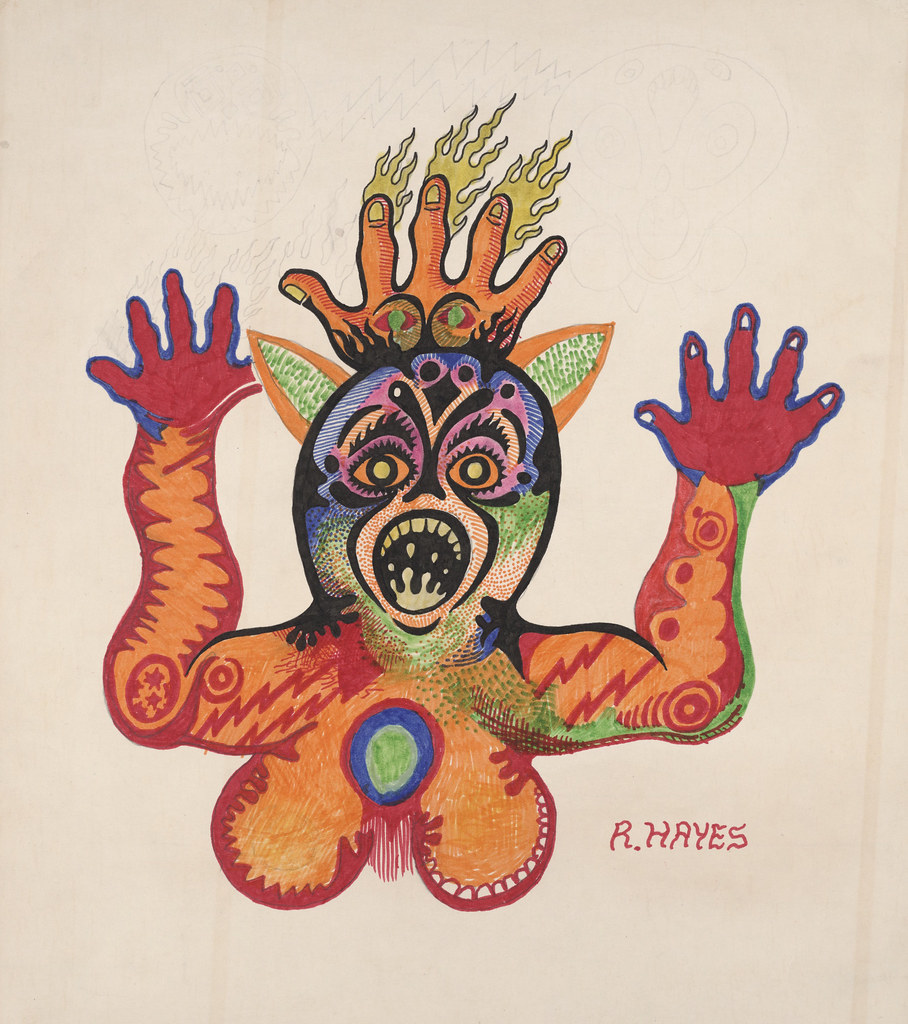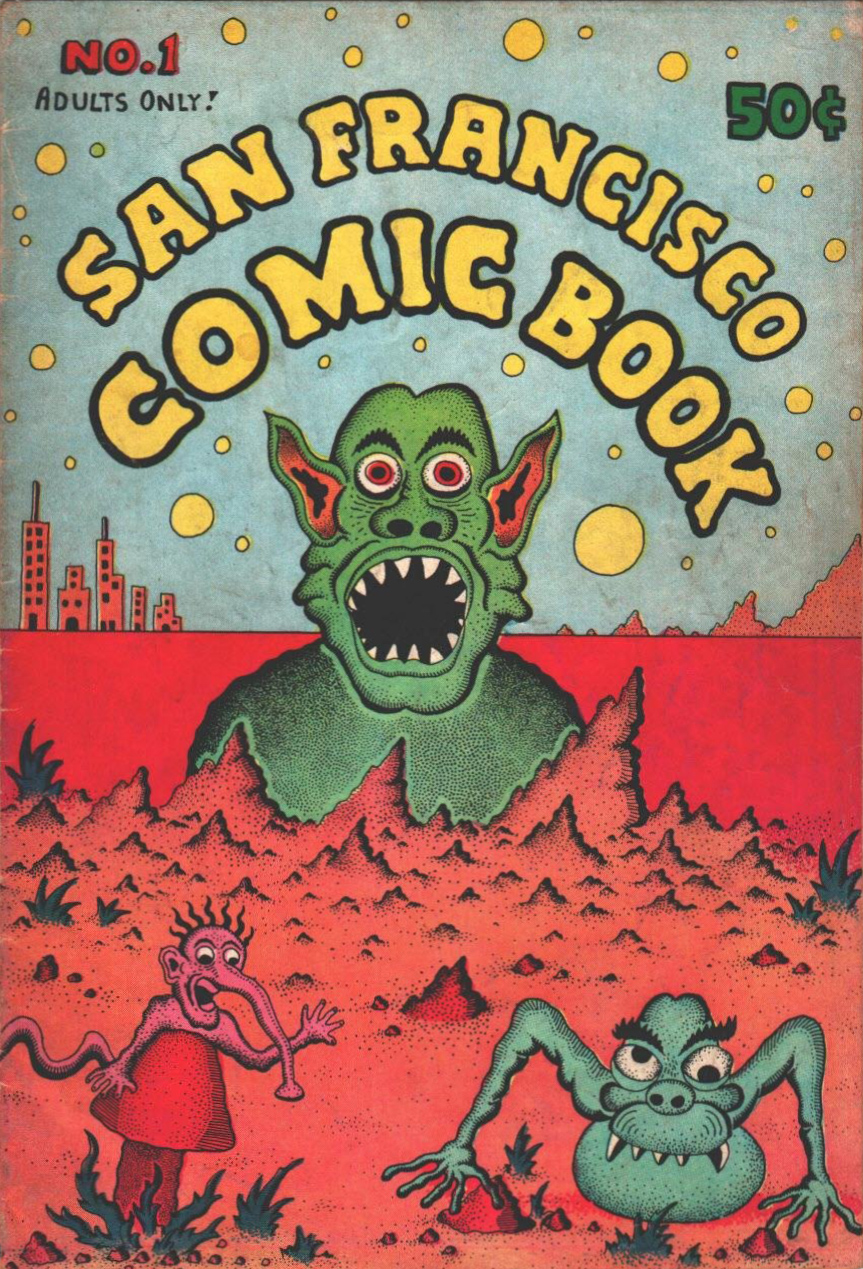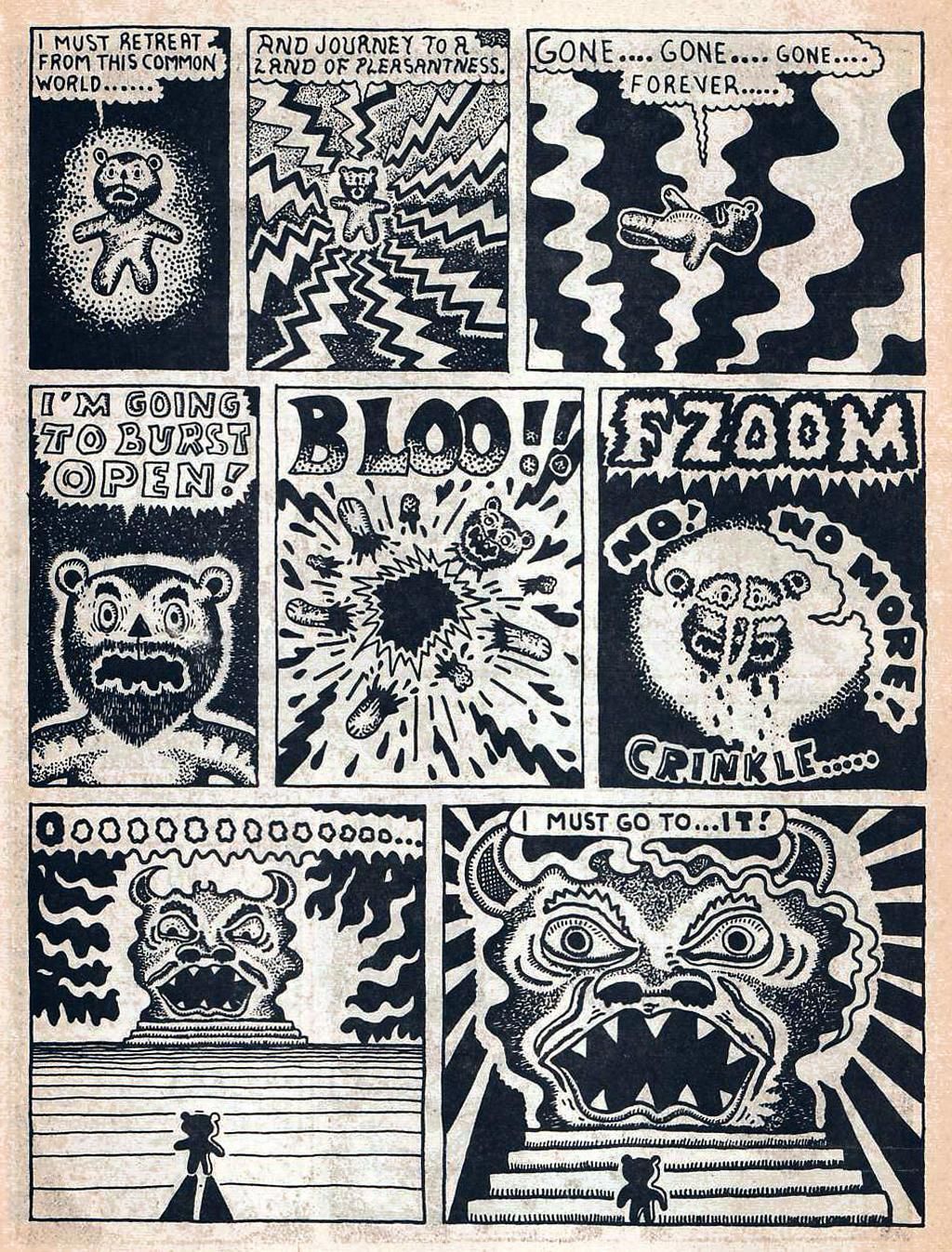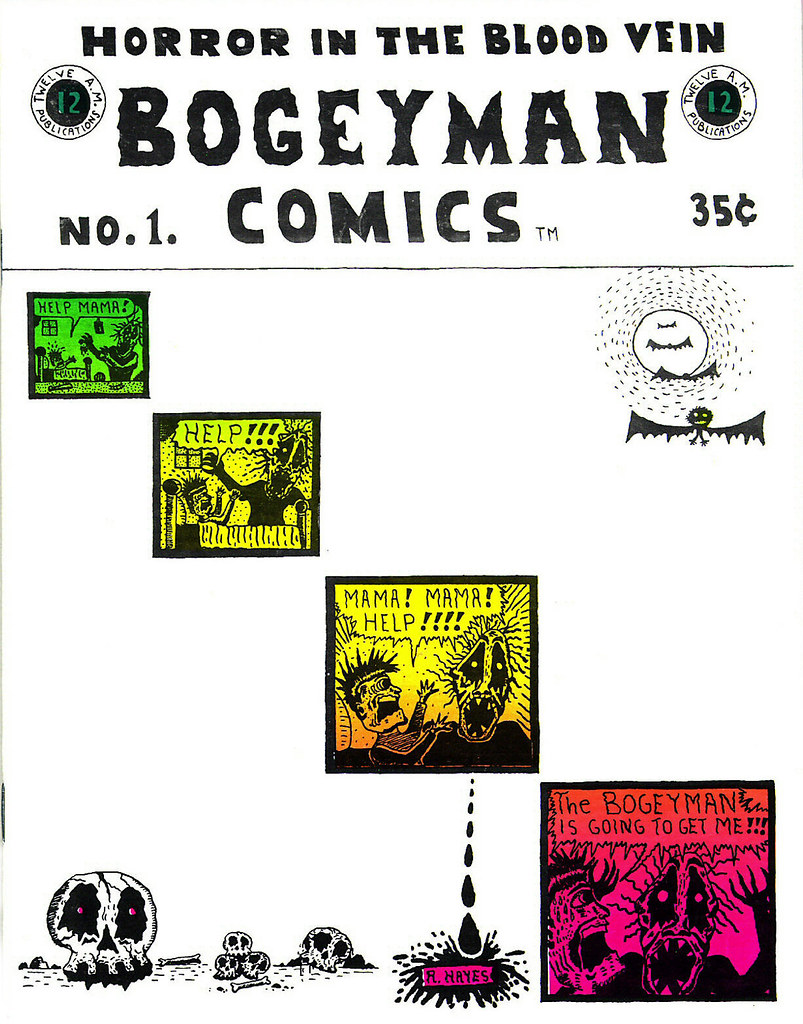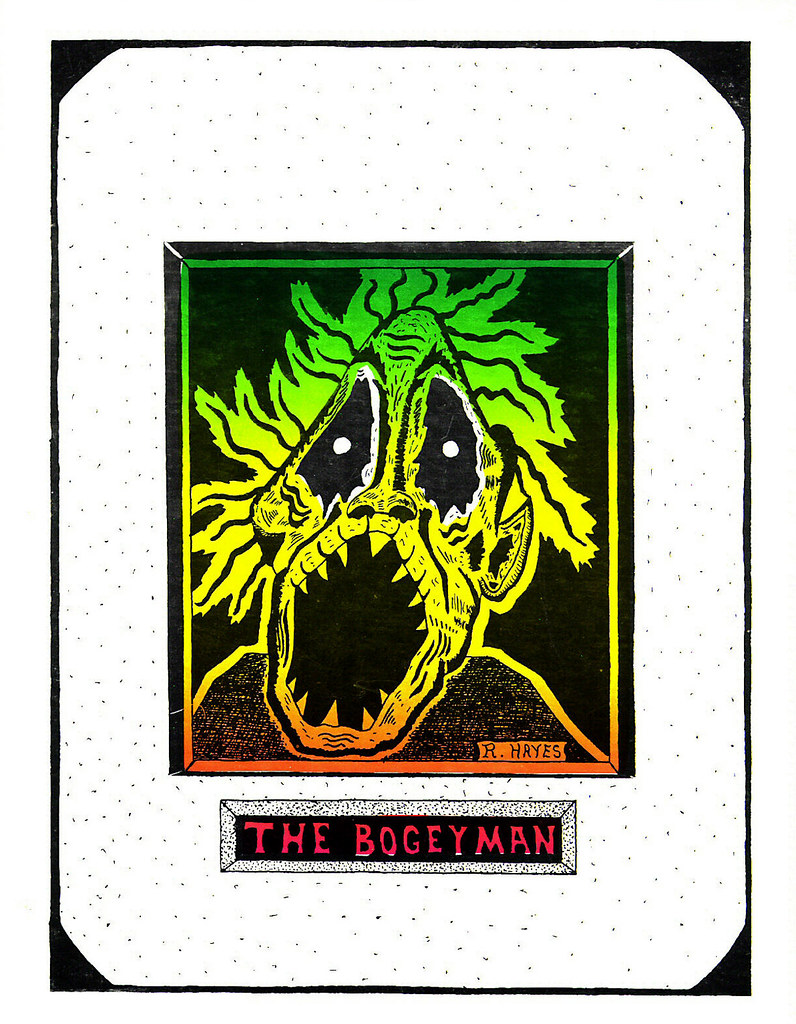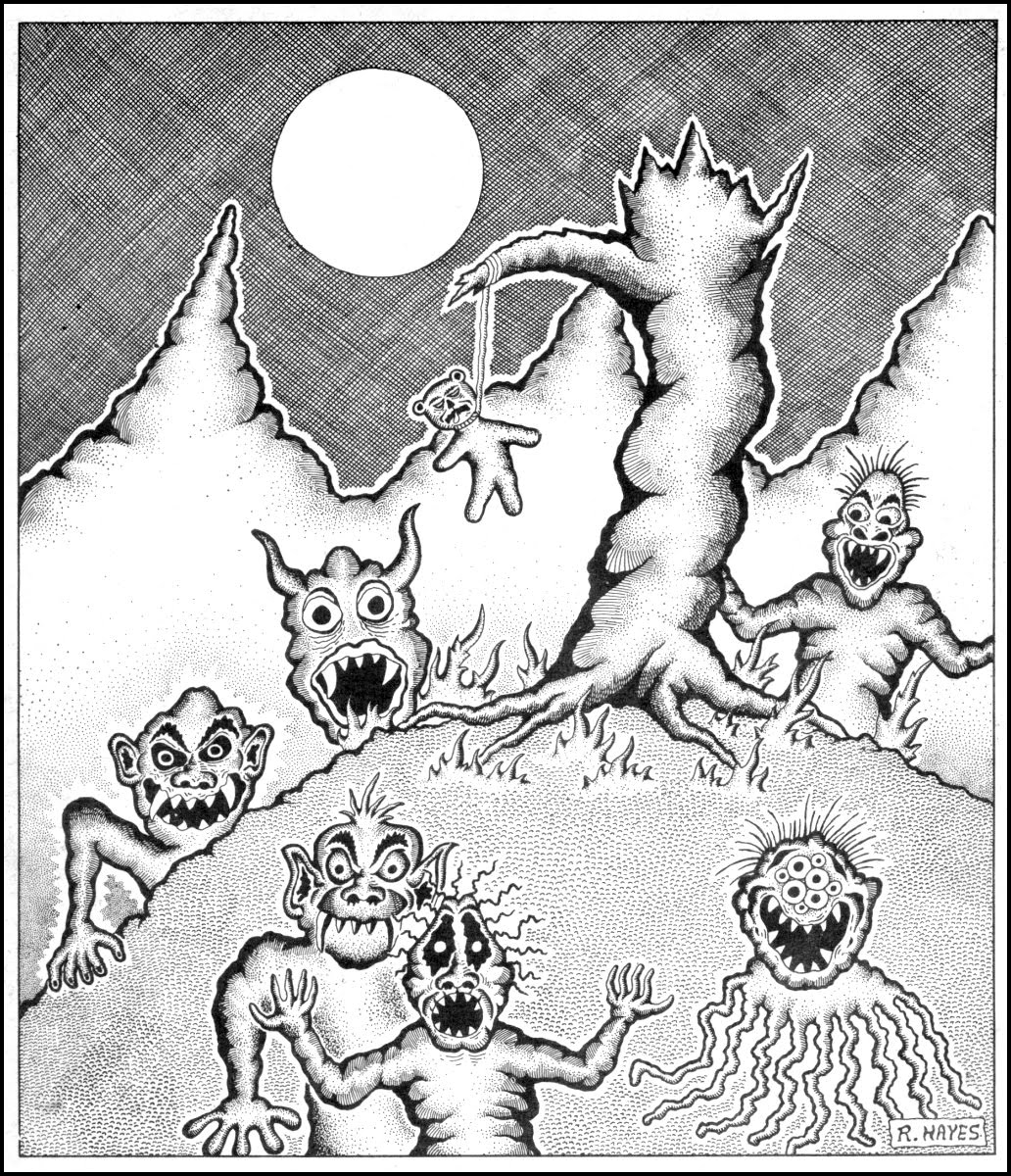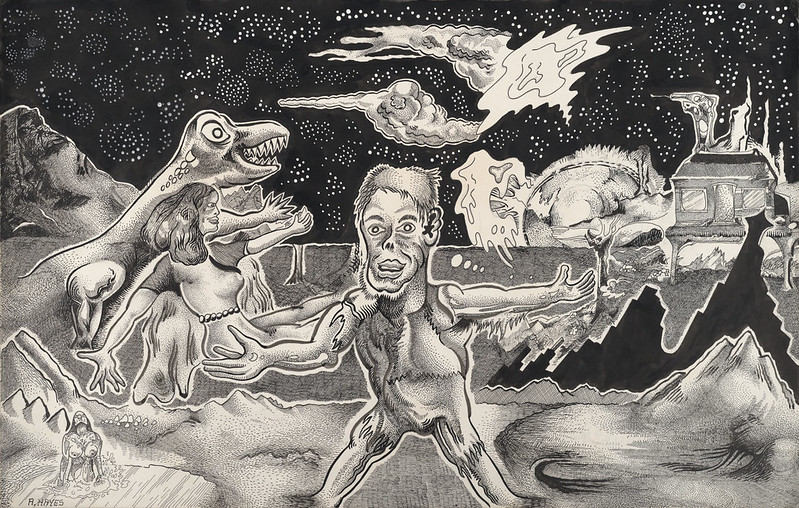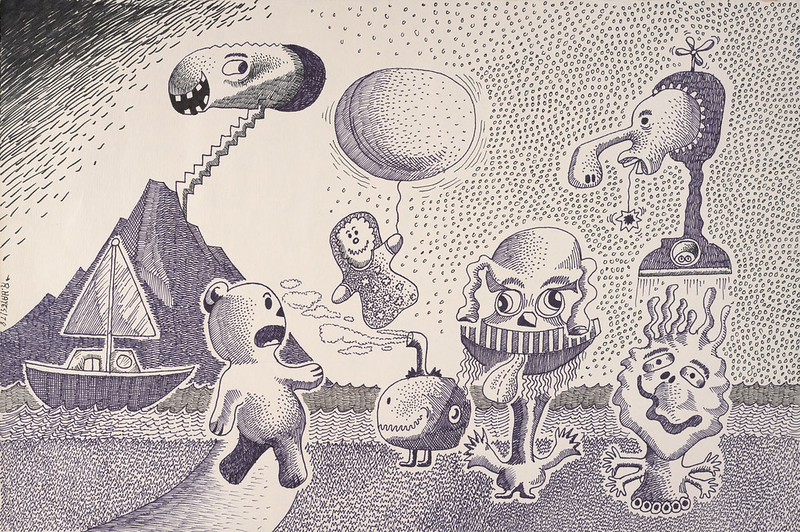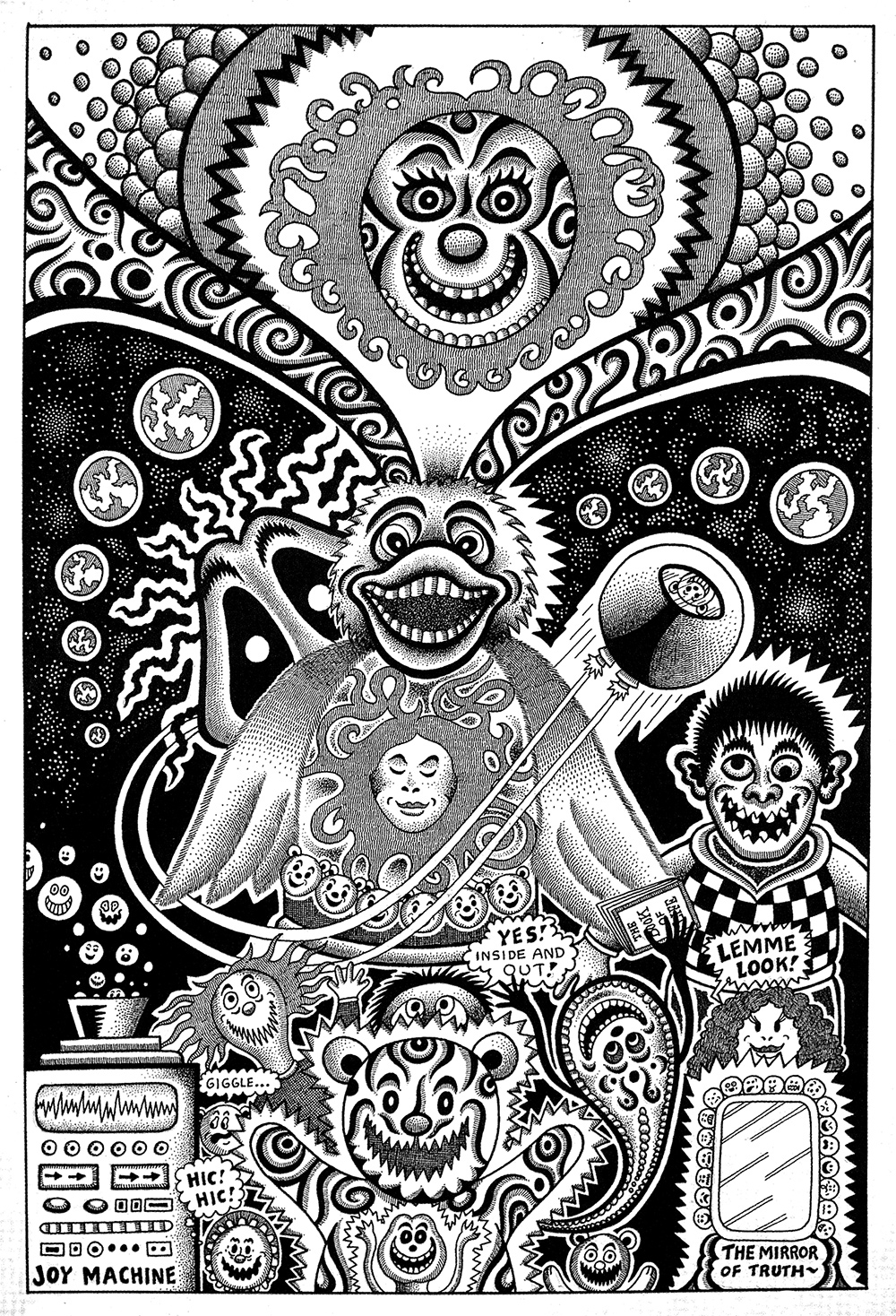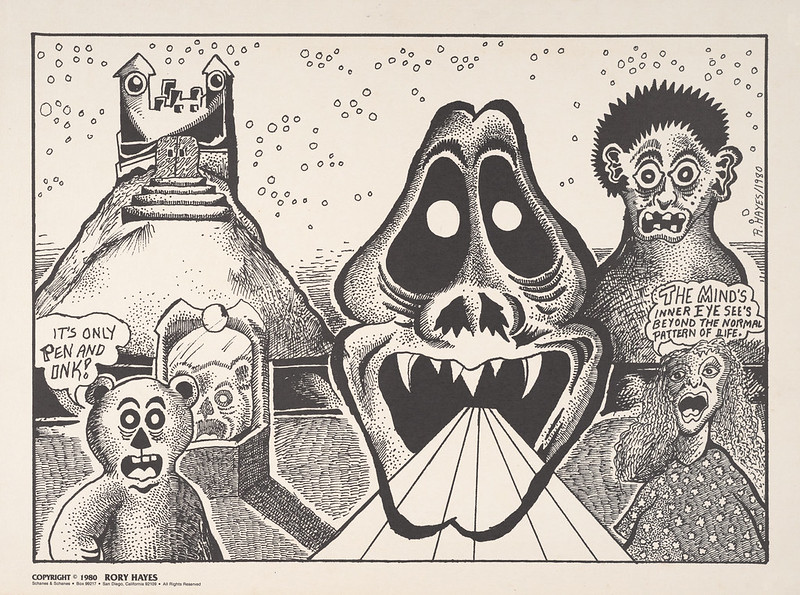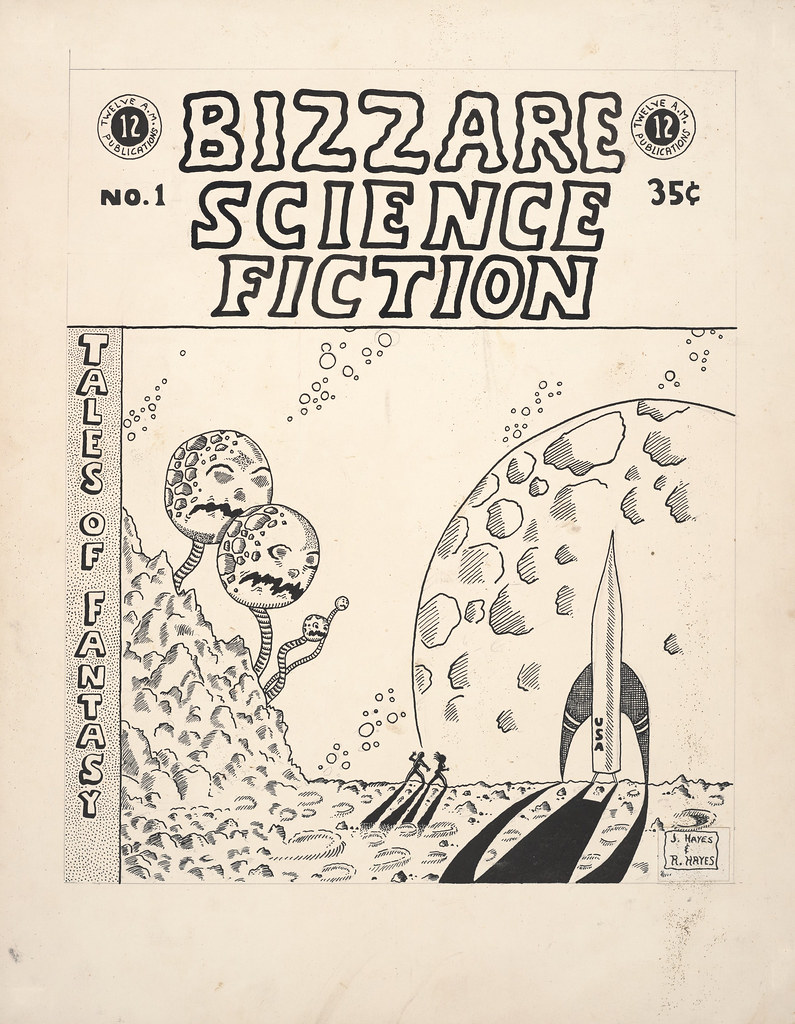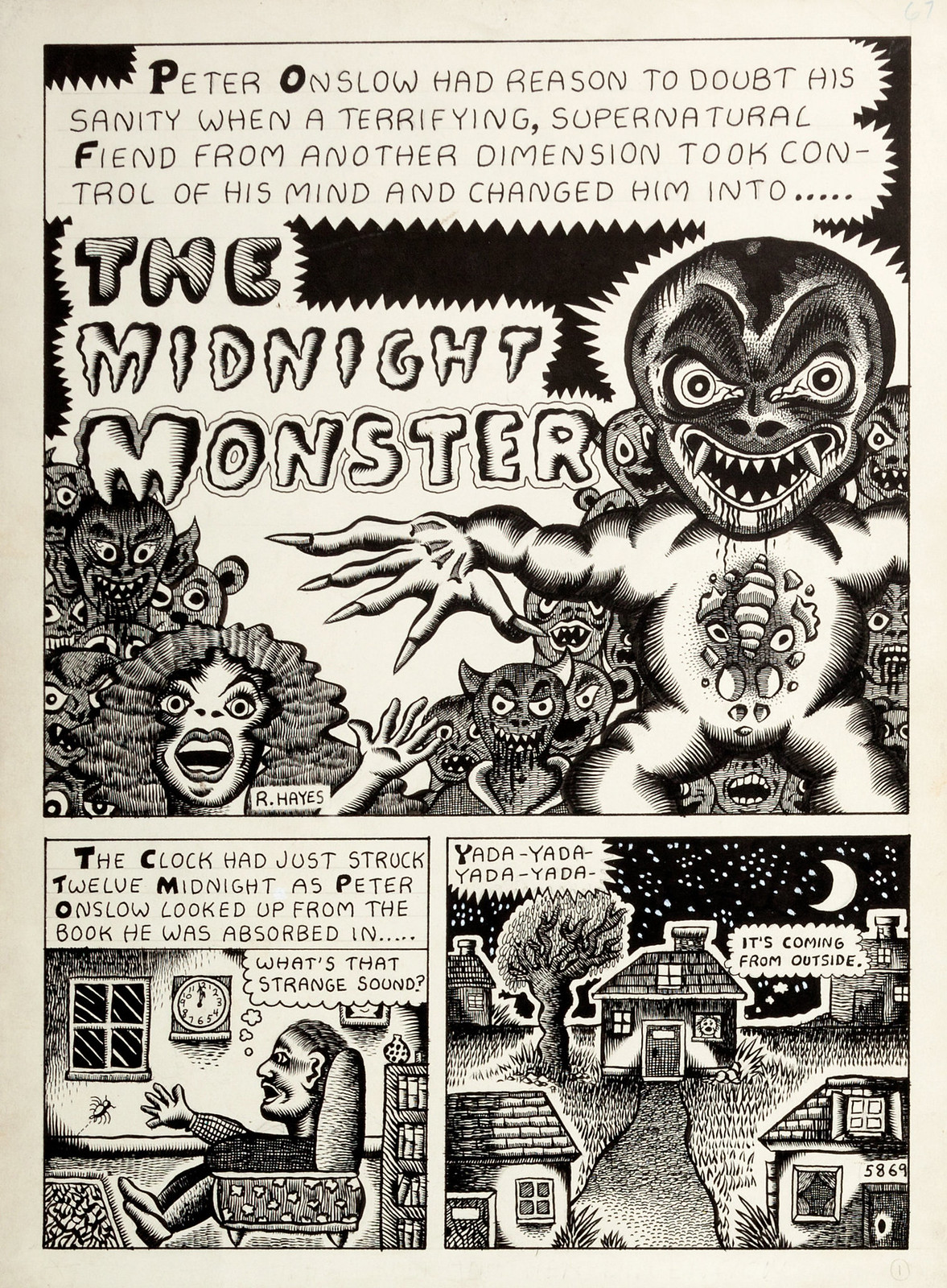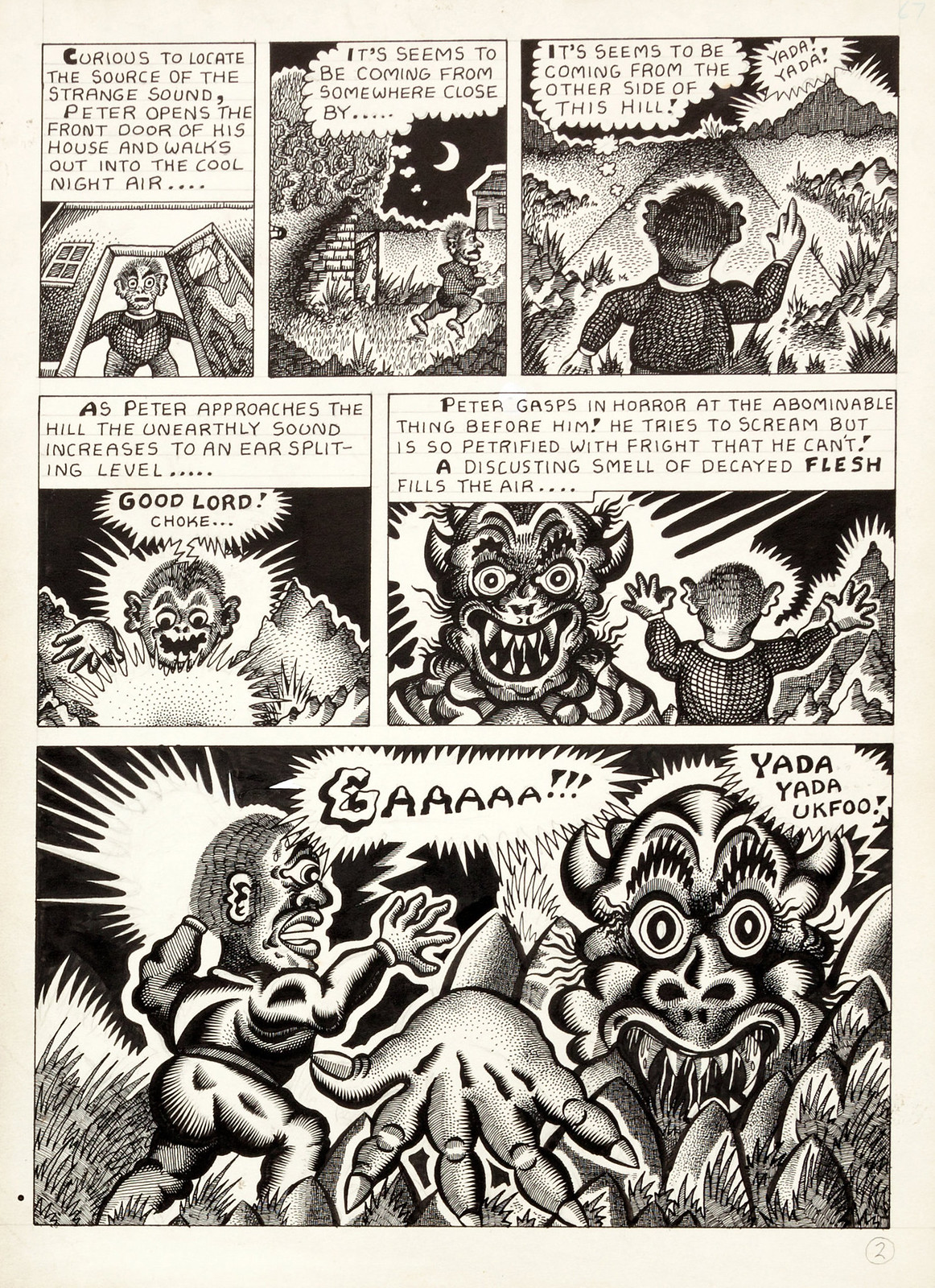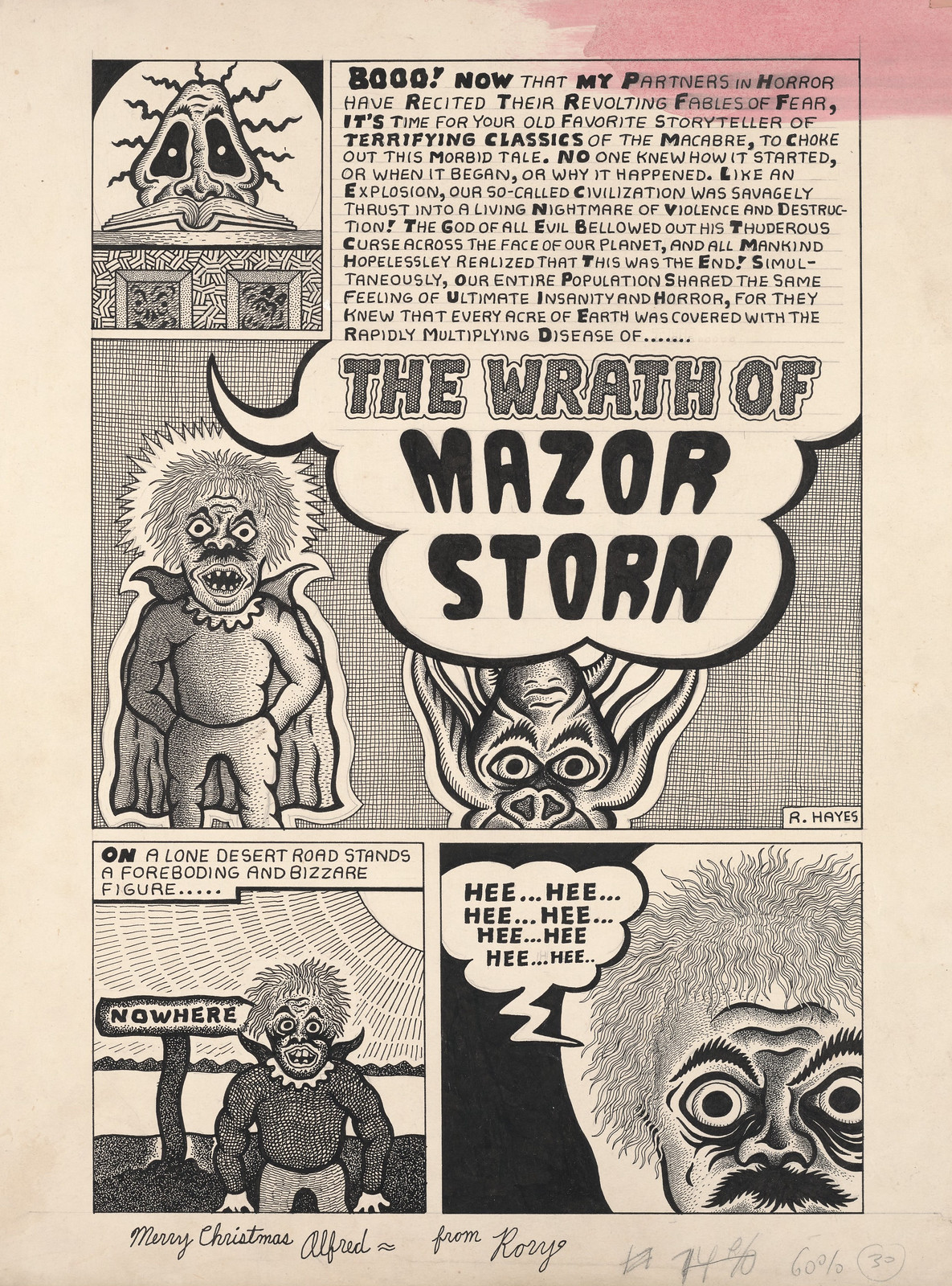Dungeons & Jinkies!
 Zoinks!! Someone has gone and turned Scooby-Doo, Where Are You! into an adventure for Dungeons & Dragons, Fifth Edition. In fact, that someone has gone and turned it into two adventures for Dungeons & Dragons, Fifth Edition—of which A Night of Fright! is the first. However, this is not a straight adaptation of the long running cartoon, so not a modern-set adventure. Rather, it is a parody adventure, ‘A haunting adventure of meddling heroes and their talking gnoll’! And since you get a talking Gnoll, it can only be Dungeons & Dragons fantasy, but that is Dungeons & Dragons fantasy with the aforementioned talking Gnoll, The Clue Cruiser,* five pre-generated Player Characters, four Subclasses, ghosts, a mystery, and of course, an opportunity for the Dungeon Master to utter the classic line, “And I'd have gotten away with it, too, if it weren't for those meddling kids!!”
Zoinks!! Someone has gone and turned Scooby-Doo, Where Are You! into an adventure for Dungeons & Dragons, Fifth Edition. In fact, that someone has gone and turned it into two adventures for Dungeons & Dragons, Fifth Edition—of which A Night of Fright! is the first. However, this is not a straight adaptation of the long running cartoon, so not a modern-set adventure. Rather, it is a parody adventure, ‘A haunting adventure of meddling heroes and their talking gnoll’! And since you get a talking Gnoll, it can only be Dungeons & Dragons fantasy, but that is Dungeons & Dragons fantasy with the aforementioned talking Gnoll, The Clue Cruiser,* five pre-generated Player Characters, four Subclasses, ghosts, a mystery, and of course, an opportunity for the Dungeon Master to utter the classic line, “And I'd have gotten away with it, too, if it weren't for those meddling kids!!”* Sorry, no Mystery Machine, this is a parody, remember?
A Night of Fright! casts the not-Scooby gang—or rather the S’koobi gang—as members as Mystery LLC, the area’s leading mystery solving meddlers. Together, many years ago, Sha-Gi, Sir Frederick, Dafni, S’koobi, and Vell’mah, helped a man named Uldryn Beauregard who believed his vineyard to be haunted, until the team that there were no ghosts, but rather a rival winemaker attempting to drive him from his property. Now they have received a mysterious invitation from Uldryn Beauregard—if they can spend a full night in a haunted house, they will receive one million gold pieces!
Thus we have a classic set-up—and of course, it only gets worse. For not only do the team have to spend the night in a haunted house, it also has to do it with some thoroughly unpleasant members of the Beauregard family! Then it only gets worse, for the team find itself trapped in the haunted house, of course, still with some thoroughly unpleasant members of the Beauregard family! With nothing else to do, the team begins do what it does best, and that is, investigate the greatly dilapidated house, dusty, grimy, strewn with cobwebs, and worse… All the classic elements of a haunted house are here—secret doors, paintings in which the eyes move, ghostly moans and arms reaching out of mirrors, faces in mirrors, books that float in the air, and more. Plus, there are traps and puzzles to discover and deal with, clues to find (because this is a mystery after all), and this being a S’koobi mystery, villains to run away from and ultimately unmask.
However, as much as A Night of Fright! is a parody of Scooby-Doo, Where Are You!, it is no straight parody of Scooby-Doo, Where Are You! Being written for use with Dungeons & Dragons, Fifth Edition means that the Player Characters are a lot more powerful than the members of the actual Scooby gang, but equally they are not up against ghoulies and ghosties as those that appear in A Night of Fright! In addition, the Dungeon Master gets to fling encounters at her players. These come in three flavours—Scary, Very Scary, and Important. These scale up, so that Scary encounters are simple parlour tricks intended to scare the members of Mystery LLC out of the Beauregard mansion; Very Scary encounters are actually real, definitely sinister, and potentially deadly; and Important events are story events, important plot points upon which the story turns.
In addition, the mansion is laced with traps, some of which are designed to separate the members of the Mystery LLC. Of course, this runs counter to the play of Dungeons & Dragons, Fifth Edition in which you never split the party, but it is perfectly in keeping with a Scooby-Doo, Where Are You! mystery. However, this means that the duties of the Dungeon Master are doubled up as she has to keep track of where each group of Player Characters is and which of the three flavours of encounters—Scary, Very Scary, and Important—apply to which group. It also means that the Dungeon Master will need to give the scenario a very careful read through so as to understand how they work and when they apply, especially as once the Player Characters are separated, the advice for the Dungeon Master is to switch back and forth between the various group so that neither focus nor tension is lost. Ideally, the Dungeon Master should prepare some floor plans of the Beauregard mansion and plot the movement of the Player Characters as they move about the house or suddenly shifted from one part of the house to another. Fortunately, A Night of Fright! comes with several maps of the mansion, including plain and squared, as well as a set of tokens for all the Player Characters and the NPCs in the scenario. Which means that with a little bit of effect, the scenario is ready to be set up and run online.
Included with the scenario are five, ready-to-play pregenerated Player Characters. These are the five members of Mystery LLC or S’koobi gang, all of Fifth Level. It is possible to play the scenario using other characters, in which case, they also should be Fifth Level. The provided Player Characters come as ready-to-play character sheets or in plain text, although the latter will need some adjustment in terms of their layout. All five use the standard character Classes from the Player’s Handbook, although S’koobi is designed as a talking Gnoll, and all have their own Subclasses. The four new Subclasses are ‘The Way of the Coward’ for the Monk, the ‘Oath of Traps’ for the Paladin, ‘The Damsel’ Otherworldly Patron for the Warlock, the ‘College of Snacks’ for the Bard, and the Bespectacled Sleuth for the Rogue. Which correspond to Shaggy Rogers, Fred Jones, Daphne Blake, Scooby, and Velma Dinkley, or rather in A Night of Fright! to Sha-Gi, Sir Frederick, Dafni, S’koobi, and Vell’mah. Thus, ‘The Way of the Coward’ is all about running away, including being able to run away so fast that you temporarily leave an Afterimage behind you; the ‘Oath of Traps’ favours nets and snares and spells such as alarm and ensnaring strike; ‘The Damsel’ Otherworldly Patron receives Distress Points whenever she activates a trap or is restrained or grappled, which can then be spent to increase damage from the spells she casts; the ‘College of Snacks’ specialises in magical cooking such as Courage Crunch treats that grant allies Advantage on the next attack or end particular Conditions they are suffering from; and the Bespectacled Sleuth has to wear glasses that there is chance of being knocked off, has a keen ear for catching lies, can use insight to gain a tactical advantage over an opponent and make a Sneak Attack from any angle, and of course, has Advantage on Investigation and Perception checks. Now because A Night of Fright! is designed for Player Characters of Fifth Level, none of the pregenerated characters—Sha-Gi, Sir Frederick, Dafni, S’koobi, or Vell’mah—have all of their Subclasses’ abilities, but in A Night of Fright! campaign?
Physically, A Night of Fright! is decently presented. The cover is very nicely done, but the rest of the scenario uses publicly available artwork, which though all appropriate to a haunted house is a little disappointing after the tone set by the cover. The floor plans are decent too, though the Dungeon Master will find herself flipping back to them a lot. The layout is busy and that does make finding things and quite grasping what is going on a little more challenging.
A Night of Fright! does have something of a split personality, that of Dungeons & Dragons versus the Scooby-Doo, Where Are You! Or in other words, the not really being scared of Dungeons & Dragons versus the ‘Zoinks!!’ and you are definitely going to be scared of Scooby-Doo, Where Are You! The designers of A Night of Fright! push the latter rather than the former, with lots and lots of fear checks, the failed outcome being that the Player Characters will flee—if only for a little while. This may become a little tiresome in play, the advice is that the players should lean into them as much as they should be leaning into their characters and genre, and anyway, the scenario very quickly turns up the scares all the way up to the climax.
A Night of Fright! is a fun, silly parody of its source material that goes not just one step further in turning up the scares and the horror, but several. Doing so means that the Player Characters have to be lot tougher to face the blood and the monsters that the scenario also throws at them, and the nicely done members of Mystery LLC are exactly what is needed. Players and Dungeon Master alike should enjoy the knowing mix of horror and Scooby-Doo, Where Are You! coventions in A Night of Fright! before the Dungeon Master really turns up the genre!

















